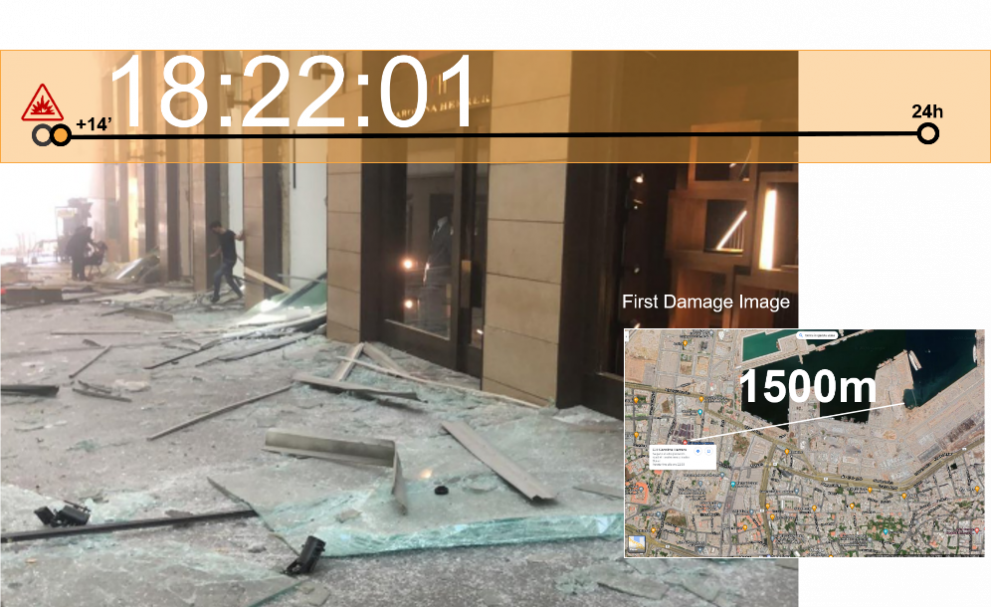
In the immediate aftermath of disasters, emergency managers need reliable information to organise rescue activities and allocate resources across the impacted areas. Satellite imagery used by the Copernicus Emergency Management Service (CEMS) is a crucial asset providing geo-referenced data showing the place and impact of the event. Still, a few hours are required to acquire and process the images and turn them into relevant information.
To fill in this gap, the JRC explored how social media can improve emergency managers’ situational awareness.
The Technical Report Social Media Image Analysis in the Immediate Aftermath of the 2020 Beirut Blast presents the initial outcomes of the research.
Citizens post a wealth of data, some informative and some not. Finding relevant content that can help in decision-making is a tedious and complex task, too time consuming to do manually. Therefore, it is essential to design algorithms that can help filter the massive amounts of data. JRC designed an automated machine learning model that filters, de-duplicates and classifies images of damages posted on Twitter during the first 24h after the explosions. We show that our algorithms can provide a good overview of the impacted infrastructure and situational awareness within a few minutes.
Specifically, we found that relevant information was abundant immediately after the blast with a peak between the 2nd and the 3rd hour after the eventm after which is decreased. This is likely because witnesses were sharing pictures of damage. On the other hand, the proportion of media annotated as "not relevant" to impacts, such as support and solidarity messages, constantly increased.
This study demonstrates a new path of innovation for the Copernicus Emergency Management Service. Social media analysis has the potential to complement satellite based information to improve the decision-making process in the crisis's initial phases. JRC will continue research to automate the detection of relevant media, their localisation and classification providing an initial impact assessment starting from a few moments after the disaster.
Full report: Rufolo, P., Muraro, D. and Lorini, V., Social Media Image Analysis in the Immediate Aftermath of the 2020 Beirut Blast, EUR 30632 EN, Publications Office of the European Union, Luxembourg, 2021, ISBN 978-92-76-32151-4 (online), doi:10.2760/944555 (online), JRC124081
Details
- Publication date
- 22 March 2021
